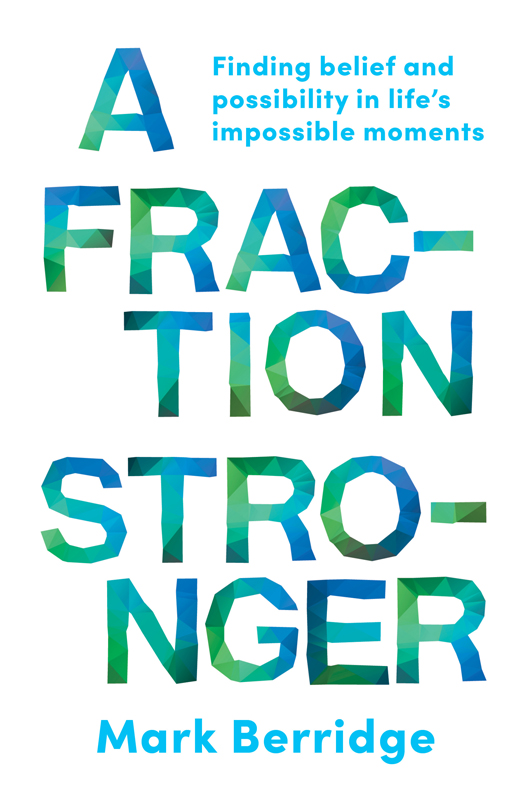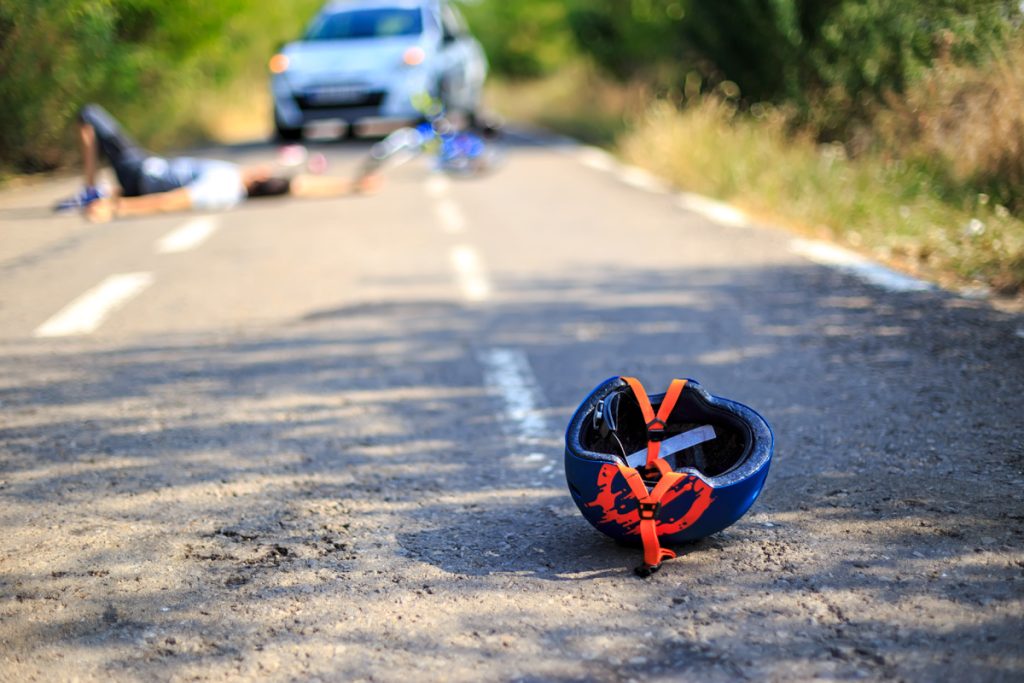By Mark Berridge
The tenth of March 2019 was an ideal Sunday morning. Until I crashed my bicycle. The weather was perfect, I was excited about my work trip with its bonus of weekend skiing. In a split second I was stranded on my side in a stormwater drain, gasping for breath. As we waited for the ambulance, the intensity of the pain made me say: “I won’t be making my flight this evening”.
My mental wrestle with panic was broken by a physiotherapist in our riding group, who piped up with “you never know Berro, it might be muscular”. I didn’t believe him, but his attempt at optimism got me thinking. Today is impossible, but maybe there is hope I can fly Tuesday. I might only be a few hours late joining the workshop. I can still be there for the sections I am leading.
In hospital I collided with reality. Five fractured bones, two crushed vertebrae, compression of my spinal cord and the certainty of nerve damage. It was now a question of how successful the emergency operation might be, whether my spinal damage could be minimised. Only time would reveal the extent of the physical and sensory losses. But it would be significant.
I am certain I lost all sense of hope. For hours.
Amongst my loneliness and despair, I found tiny embers of brightness. Memories of the exceptional things other people had achieved in tough situations. I rationalised that if they were capable of hope despite their challenges, then I should be able to find mine. If not today, soon. So long as I didn’t give up that hope could be there.
Hope is inside us
I encouraged myself to relive the inspiring stories that I knew, to brighten the glow of those embers. “What did they do to find and sustain hope?”. If I can replicate the attitude they had, then I can make it too. This sparking of my imagination helped me on that first day and on the many tough days that followed. Mirroring the determination of others fuelled the resolve to give recovery my best shot.
Hope is all around us, and inside us too. Sometimes we just need a reminder to let it glow.
Hope isn’t a miracle
I wished the specialists were wrong. Perhaps as the swelling and soreness subsided, they would find that I did not have the nerve damage they predicted. I didn’t give up on that idea for days, even as the evidence was becoming overwhelming. But it was never my plan A because I knew that it was never likely. Mirages do not sustain hope, and my hope needed sustenance more than ever.
We can hope for a miracle, but do not become confused that waiting for a miracle is hope.
Hope is shared by story
I profited from my first physio and other visitors sharing stories about successful recoveries. I concentrated on the similarities to what I sought to achieve, rather than spotting any differences in these situations compared to mine. Hearing stories from others enables us to realise we are not alone, that neither suffering nor success are unique events.
The strongest foundation for our hope is established on common ground.
Hope is fostered by company
There were periods where my hope was evaporating, as if it was that mirage of my imagination. In those moments nothing was more powerful than company. The friends who visited, or messaged, who reminded me of who I was and what I had achieved before. There wasn’t rah-rah. They didn’t need to hype up past stories. The reassurance of their company was enough to reconnect me with my inner strengths, my essence.
When we seek to elevate hope, the company of friends provides the perfect bolster.
Hope is enriched by reward
Hope may spawn from your memory, imagination, or the kindness of someone sharing their experience.
That seed needs sustenance to grow and nothing fuels growth better than positive feedback. Set the smallest goals for your-self and celebrate your actions. Make a habit of thinking back to a week ago and reviewing what has worked, and what has failed, but most what your learned through trying. Appreciating the attitude that you have applied is in your control. So will embracing the compliment of a friend or ally.
Hope is fostered by tracking and celebrating the effort we apply towards our outcomes.
Olympic medallist Karni Liddell says: “Hope is the most powerful gift – the most powerful ingredient – you can ever add to a person’s life”. The stories that were shared with me were fundamental to generating hope and extending that hope into belief. So were my support crew, my memories, and my imagination. Yours can be too.

Mark Berridge is the author of A Fraction Stronger (Major Street, $32.99).
It shares Mark’s pursuit of belief and possibility in impossible moments after a cycling crash – and devastating spinal cord injury – turned his world upside down. He speaks and writes about the influences that helped him tackle adversity, shaped in a way that allows readers to feel a fraction stronger too.
Visit www.markberridge.com.au


